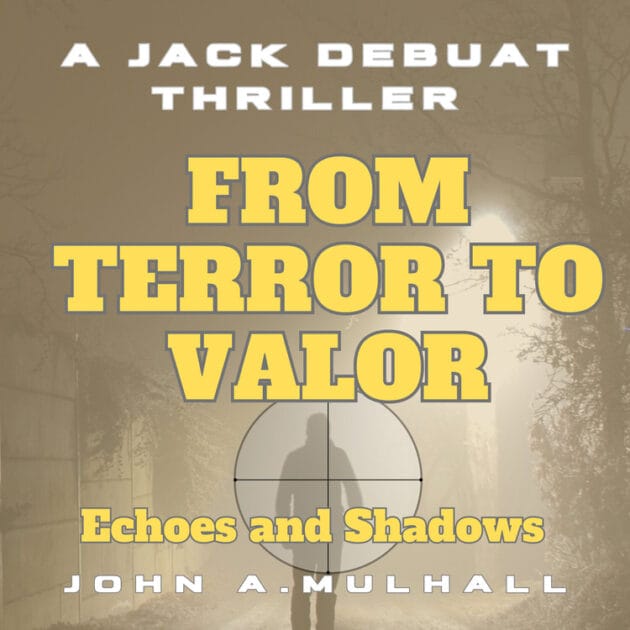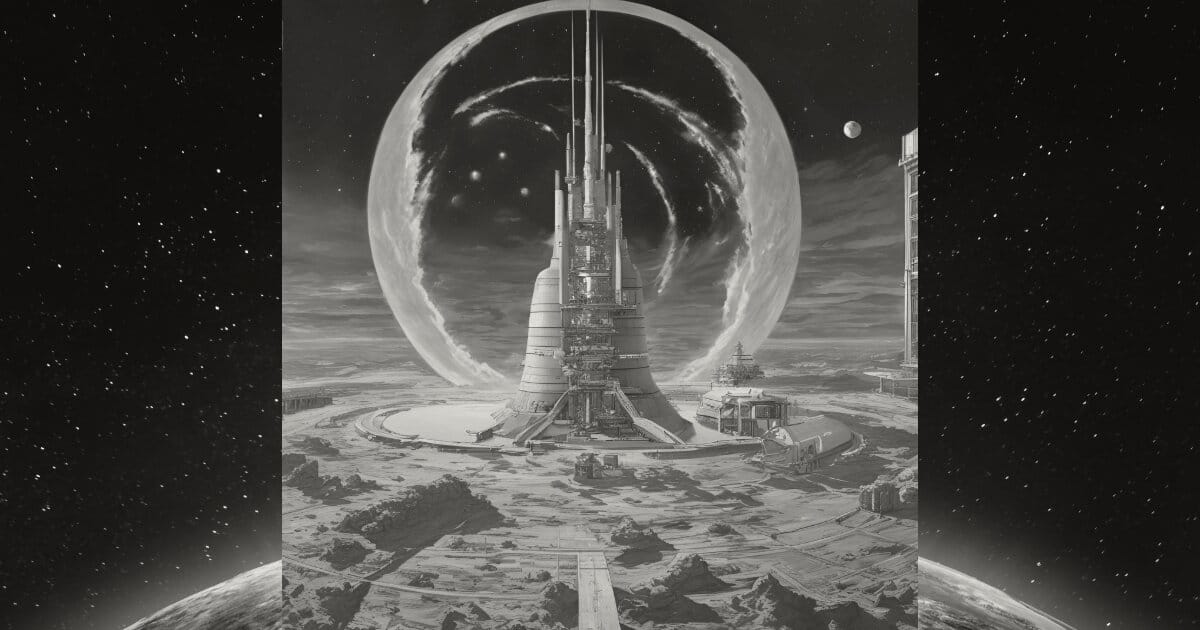As trade wars escalate on the international stage, science partners up with nanotech to explore the continuing mysteries our world offers. Ever think the hollow-deck in Star Trek would become a real thing? Interactive four-dimensional imagery is the stuff of science fiction after all, or is it?
Scientists are Missouri University in the United States have developed a novel approach to full-color, three-dimensional imagery. The breakthrough may seem unrelated to science fiction, but where can it lead? Imagine a nanoscale aluminium sheet wrapped around your lower arm that can project a holographic talking face above it. This nanotechnology projects a full-color possibility from 35-nanometer thick aluminium film.
Nanotech Imagery Meets Science Fiction
Funnily enough, I am on chapter seventeen of my forthcoming science fiction web serial, Hindsight Station. I created a four-dimensional device called a ‘hollow-lens.’ It allows fully holographic faces to appear via a lightweight sheet wrapped around the user’s lower arm. Sound familiar?

From Terror to Valor: Echoes and Shadows, available at your favorite digital bookstore
Imagine my surprise when my mind’s eye invented a hollow-lens some three hundred years into the future, only to find a real world development path that could lead to an actual device. The ‘hollow-lens’ is just one futuristic piece of technology in Hindsight Station. What a thrill it is to see a real world connection in the above research.
Nanotech Applications Create Options
The world provides for us in its composite elements, compounds, and how they interact. We never know where they will take us, which is why we need to keep an open mind always. Many think science fiction is all about escape, but it is only part of the story.
If my ‘hollow-lens’ in Hindsight Station could spark ideas for new options in nanomaterial research, then science fiction synergies may yield real-world progress. The human story in Hindsight Station is about loss, overwhelming destruction, and ideological belief in a better world ahead through technology.
As technology is neither good nor evil, the story of its use or abuse is inherently human. The characters in Hindsight Station both love and fear the power of technology in a post-apocalyptic world. In the real world, like in my sci-fi web serial, scientific breakthroughs are the universe’s gift, or its curse to us. It is up to us how we use it.
Future Nanotech Today
I would love to think of the real-world potential that nanomaterials like this can offer. In fact, I already have. So ‘hollow-lens’ as a futuristic communications device, has made it into Hindsight Station, along with many more dreamed up technologies. What if the current real world focus on nanomaterials only addresses a small part of their potential benefits?
Biomedical imaging, security holograms, and big data storage are all potential benefactors of this research. However, what of solid-state matter conversion of light into matter, crystalized data storage, and more? Science fiction tells us that if you can imagine it–one day, you can build it. As an engineer, and a science fiction writer, reader, and fan, I wholeheartedly agree.
About the Author
As I move onto my next authoring project, I will post less frequently on the real-world issues linked to my novel, From Terror to Valor: Echoes and Shadows. My next project, Hindsight Station, will be a progression science-fiction webnovel, delivered via Patreon and eventually Royal Road.
John is a versatile author known for his gripping fiction narratives in the thriller, action, and suspense genres. With a background as a journalist since 2016, and expertise in cloud technologies as an engineer–John brings a unique blend of storytelling prowess and technical acumen to his work.




